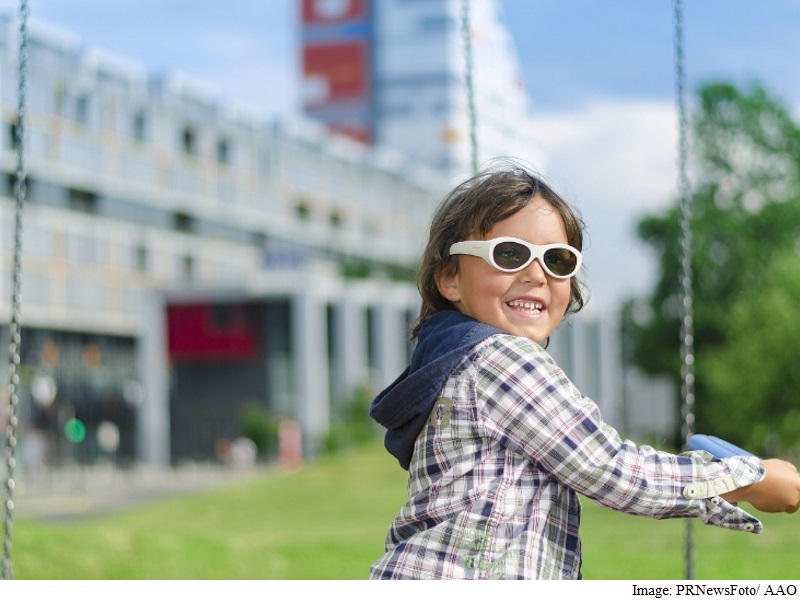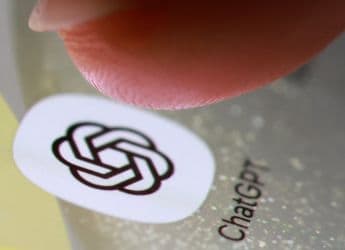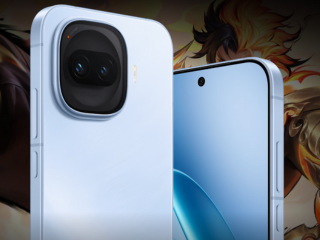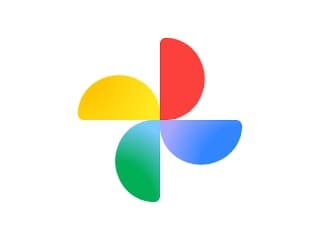- Home
- Science
- Science News
- Smart Glasses to Help Treat 'Lazy Eye' in Children
Smart Glasses to Help Treat 'Lazy Eye' in Children

This "digital patch" is the first new effective treatment for lazy eye in half a century, researchers from the Glick Eye Institute at Indiana University said.
Lazy eye, also called amblyopia, remains the most common cause of visual impairment in children. Amblyopia is poor vision in an eye that did not develop normally during early childhood.
This can occur when one eye is much more nearsighted than the other, or when one eye wanders or strays inward. The child needs to receive treatment by the age of 8 or so while their eyes and brain are still developing, or he or she could become blind in the weaker eye.
A recent study found that 1 in 4 kids feel anxiety before using eye drops. Nearly 15 percent refuse to take eye drops at all. Both drops and eye patches work based on the occlusion method.
This blocks vision in the eye with the best sight, forcing the brain to rely on the so-called lazy eye. During the process, vision improves though many children will still need glasses to correct their eyesight.
In comparison, the electronic glasses used in the study combine vision correction and occlusion. The lenses can be filled to a child's vision prescription.
Because the lenses are liquid crystal display (LCD), they can also be programmed to turn opaque, occluding vision in the left or right eye for different time intervals, acting like a digital patch that flickers on and off.
Researchers recently tested the effectiveness of occlusion glasses compared to patching in a randomised clinical study.
They recruited 33 subjects with lazy eye between age 3 and 8 who wore spectacles to correct their vision. One group wore an adhesive patch for two hours daily.
The other wore Amblyz occlusion glasses for 4 hours daily. In the study, the lens over the eye with better vision switched from clear to opaque every 30 seconds.
After three months, both groups of children showed the same amount of improvement in the lazy eye, gaining two lines on a reading chart.
"When you talk to adults who underwent childhood treatment for amblyopia, they will tell you that wearing a patch was the worst thing ever," said Daniel Neely, a paediatric ophthalmology professor at Indiana University who led the study.
"With these electronic occlusion glasses, the child learns that the lens will be clear again in just a few seconds so they may be more cooperative with the treatment. For parents who have struggled with drops and patching, this could be a great alternative," said Neely.
Catch the latest from the Consumer Electronics Show on Gadgets 360, at our CES 2026 hub.
Related Stories
- Samsung Galaxy Unpacked 2025
- ChatGPT
- Redmi Note 14 Pro+
- iPhone 16
- Apple Vision Pro
- Oneplus 12
- OnePlus Nord CE 3 Lite 5G
- iPhone 13
- Xiaomi 14 Pro
- Oppo Find N3
- Tecno Spark Go (2023)
- Realme V30
- Best Phones Under 25000
- Samsung Galaxy S24 Series
- Cryptocurrency
- iQoo 12
- Samsung Galaxy S24 Ultra
- Giottus
- Samsung Galaxy Z Flip 5
- Apple 'Scary Fast'
- Housefull 5
- GoPro Hero 12 Black Review
- Invincible Season 2
- JioGlass
- HD Ready TV
- Laptop Under 50000
- Smartwatch Under 10000
- Latest Mobile Phones
- Compare Phones
- iQOO Z11 Turbo
- OPPO A6c
- Samsung Galaxy A07 5G
- Vivo Y500i
- OnePlus Turbo 6V
- OnePlus Turbo 6
- Itel Zeno 20 Max
- OPPO Reno 15 Pro Mini 5G
- Lenovo Yoga Slim 7x (2025)
- Lenovo Yoga Slim 7a
- Realme Pad 3
- OPPO Pad Air 5
- Garmin Quatix 8 Pro
- NoiseFit Pro 6R
- Haier H5E Series
- Acerpure Nitro Z Series 100-inch QLED TV
- Asus ROG Ally
- Nintendo Switch Lite
- Haier 1.6 Ton 5 Star Inverter Split AC (HSU19G-MZAID5BN-INV)
- Haier 1.6 Ton 5 Star Inverter Split AC (HSU19G-MZAIM5BN-INV)

















